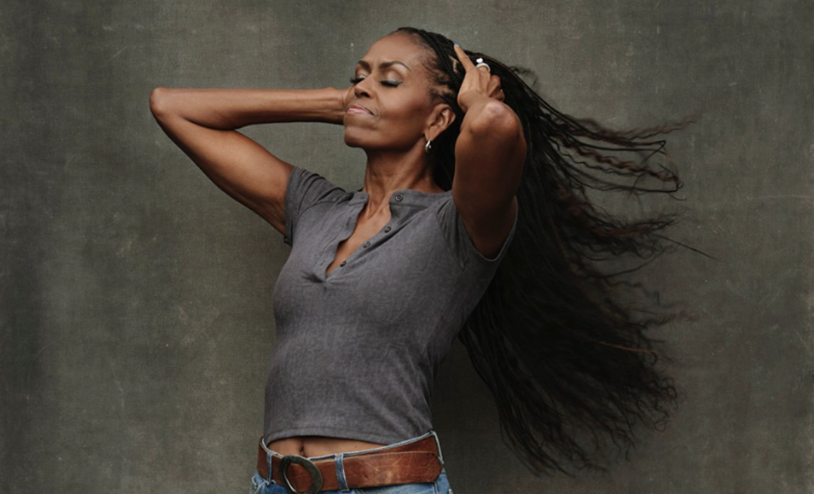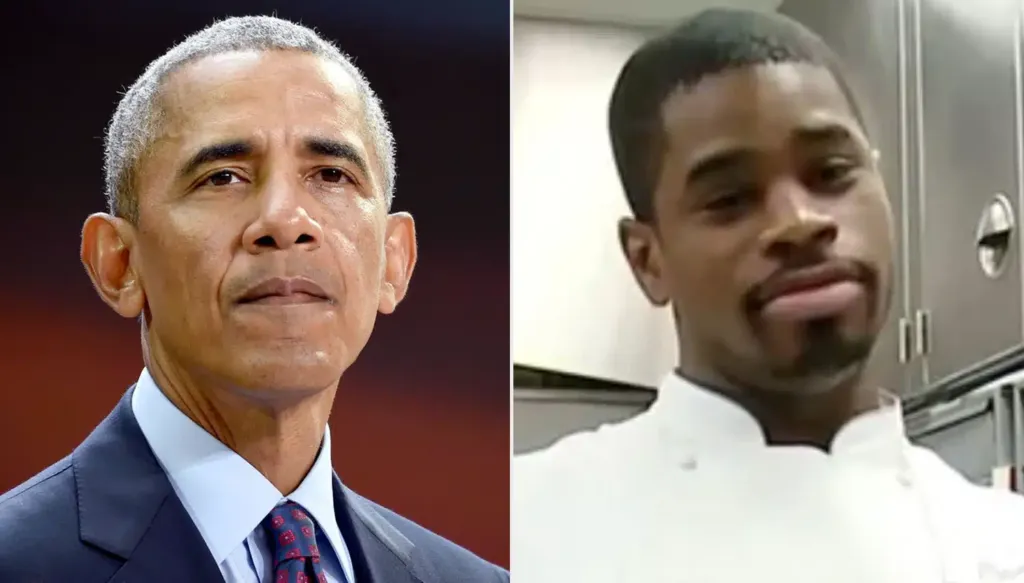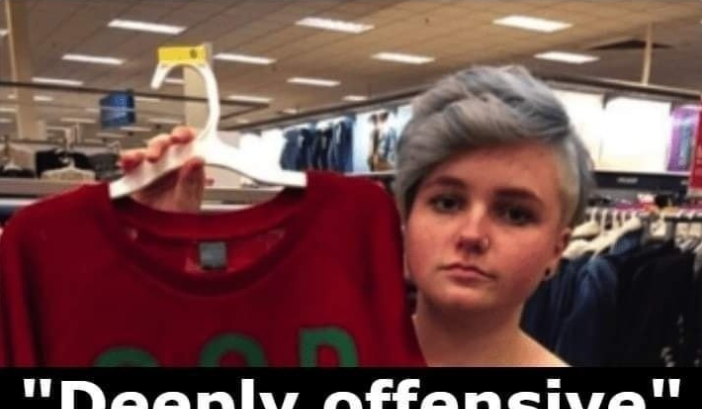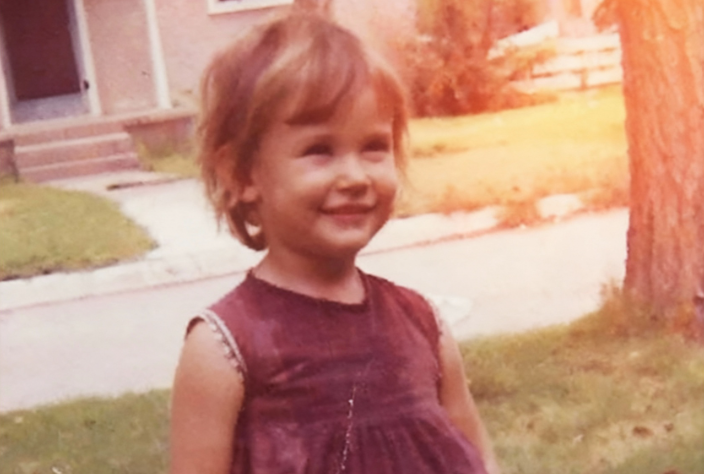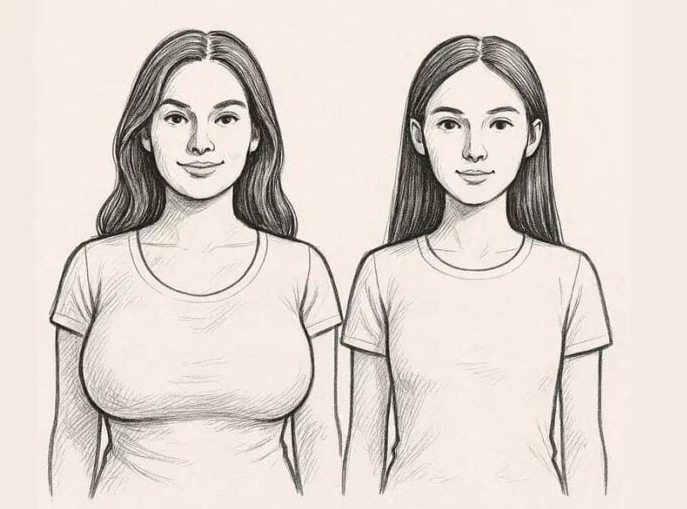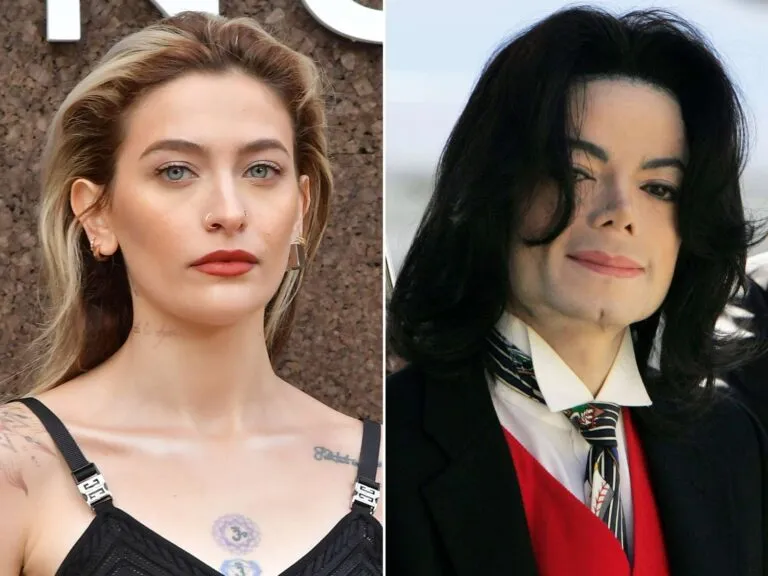In Annie Leibovitz’s striking portrait, Michelle Obama radiates a rare, almost breathtaking openness. She sits in soft natural light, wearing barely-there makeup and easy, flowing garments, her entire being wrapped in a serene composure that feels worlds away from the rigid protocol of her White House years. Long, elegant goddess braids cascade around her face, lending her an aura that blends royal poise with tender, approachable warmth. From the instant the image surfaced, the response poured in like sunlight. Admirers flooded the comments with praise for her radiant confidence and that luminous, undeniable vitality. Countless voices marveled that she appears to grow more luminous with every passing year, as though stepping away from the relentless spotlight of Washington has allowed her spirit to expand and her light to burn even brighter.
What captivates so many who gaze at the portrait is the gentle yet unmistakable sensuality woven into every detail. She needs no exaggerated pose, no elaborate styling to command the frame. Her authority rises naturally from deep inner certainty and unshakable peace. The photograph carries forward the very same dignity and elegance that marked her tenure as First Lady, calling to mind the extraordinary steadiness she showed through some of the nation’s most charged and divisive chapters. At the same time, it unveils a woman now moving through life with lighter shoulders, released from the weight of constant public expectation that once shadowed her every gesture.
For Michelle Obama, those goddess braids represent far more than a passing fashion preference. They embody liberation, ease, and joyful practicality in a chapter of life that has traded relentless observation for healthier, more harmonious days. She has spoken with characteristic candor about the old necessity to select hairstyles that would never invite criticism or steal attention from the work at hand. Today, in this season of greater freedom, she welcomes protective styles that perfectly accompany her vibrant, multifaceted routine—speaking engagements, writing, intense workouts, family adventures, global journeys—all sustained by a rooted, unmistakably genuine sense of self.
She remains keenly aware of the profound cultural meaning braids hold, particularly for Black women navigating spaces of influence and authority. Protective styles have too often been met with skepticism or outright rejection in professional arenas. Generations of women have felt compelled to straighten, cover, or otherwise transform their natural texture to be taken seriously. By wearing her braids proudly in one of the most celebrated photographic moments of the year, Michelle delivers an eloquent, living rebuttal. She declares—without uttering a word—that textured, natural, and protective hair has every right to grace the most prominent platforms. Her choice whispers to little girls everywhere that true beauty thrives beyond conformity. It assures women of every age that professionalism and cultural pride can walk hand in hand.
The portrait transcends the boundaries of a simple photograph. It emerges as a quiet yet resounding declaration of identity, heritage, and unapologetic joy. It points toward a tomorrow where Black women appear in their fullness, seen and celebrated without alteration or apology. Michelle Obama stands not only as a beloved former First Lady but as an enduring cultural beacon, continually reshaping conversations around beauty, strength, and authenticity. The tender warmth in her eyes, paired with the quiet power of her presence, forges an image that lingers in the heart. It sparks admiration, invites introspection, and redefines what it looks like to lead with unwavering confidence and luminous truth.
